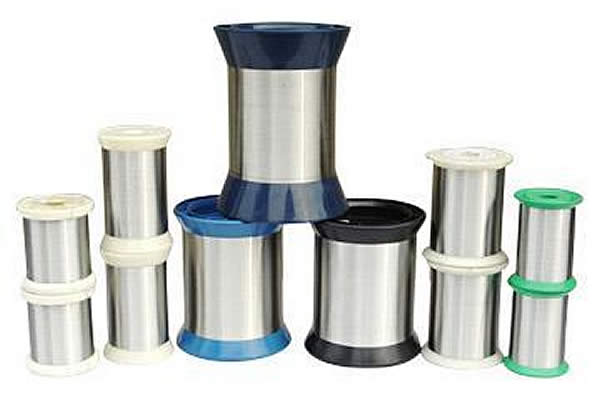 TEL:
+86-13102802206
TEL:
+86-13102802206
 Email:
fencenetting@china.com
Email:
fencenetting@china.com
 Language
Language
 TEL:
+86-13102802206
TEL:
+86-13102802206
 Email:
fencenetting@china.com
Email:
fencenetting@china.com
 Language
Language


Understanding the Different Types of Barbed Wire
Barbed wire, a fundamental tool in agricultural and security applications, has played a crucial role in shaping boundaries and protecting properties. This twisted wire, adorned with sharp points or barbs, was invented in the 19th century and has since evolved into various types suited for different purposes. Understanding these different types can help users select the right kind for their specific needs.
1. Standard Barbed Wire
Standard barbed wire is the most commonly used type, characterized by its twisted strands and evenly spaced barbs. Typically made of galvanized steel to resist rust and weathering, this wire is ideal for fencing livestock, enclosing pastures, and creating barriers. Its affordability and effectiveness make it a favorite among farmers and ranchers. The standard barbed wire usually has barbs spaced 12 inches apart along the wire's length.
2. Electrified Barbed Wire
Electrified barbed wire is an innovation that combines the traditional barbed wire with electrical shock capabilities. This type of wire is usually strung alongside regular barbed wire and is connected to a power source. The electric shock deters animals and intruders more effectively than standard wire alone. Electrified barbed wire is commonly used in high-security areas, such as prisons and military installations, where enhanced deterrence is necessary.
High-tensile barbed wire is engineered to endure greater tension than standard barbed wire. Made from high-strength steel, this type of wire can be stretched tighter without breaking, providing increased durability. High-tensile wire is an excellent option for long fences, as it minimizes sagging and withstands harsh weather conditions. Specifically, farmers gravitate toward high-tensile barbed wire to secure large fields while reducing maintenance costs and time.

4. Barbless Wire
As the name suggests, barbless wire lacks the sharp points found in traditional barbed wire. This type of wire is often used when the safety of users and animals is a concern. Barbless wire still provides a physical barrier, making it suitable for boundary fencing in areas where accidental entanglement could cause injury. It’s commonly used in horse fencing or for livestock that may be more prone to injuries from sharp objects.
5. Rust-Resistant Barbed Wire
Rust-resistant barbed wire is treated or coated with materials to prevent corrosion, thus extending its lifespan. This type of wire is beneficial in environments with high moisture or where weather conditions can accelerate deterioration. Whether it’s for coastal regions or industrial sites, rust-resistant barbed wire ensures that the fencing remains intact and effective over time without the need for frequent replacements.
6. Decorative Barbed Wire
While not as common, decorative barbed wire serves aesthetic purposes, often used in landscapes and art installations. This wire can be shaped and crafted into various forms, enhancing the visual appeal of gardens or unique features without functioning as a traditional barrier. Decorative barbed wire offers a creative way to incorporate fencing into design while paying homage to its historical significance.
Conclusion
Barbed wire remains an essential component in fencing solutions, providing security and delineation across various settings. By understanding the different types, users can make informed decisions that best suit their needs—whether for rugged agricultural boundaries, enhanced security measures, or even artistic expression. The evolution of barbed wire continues to reflect its importance and versatility in modern society.